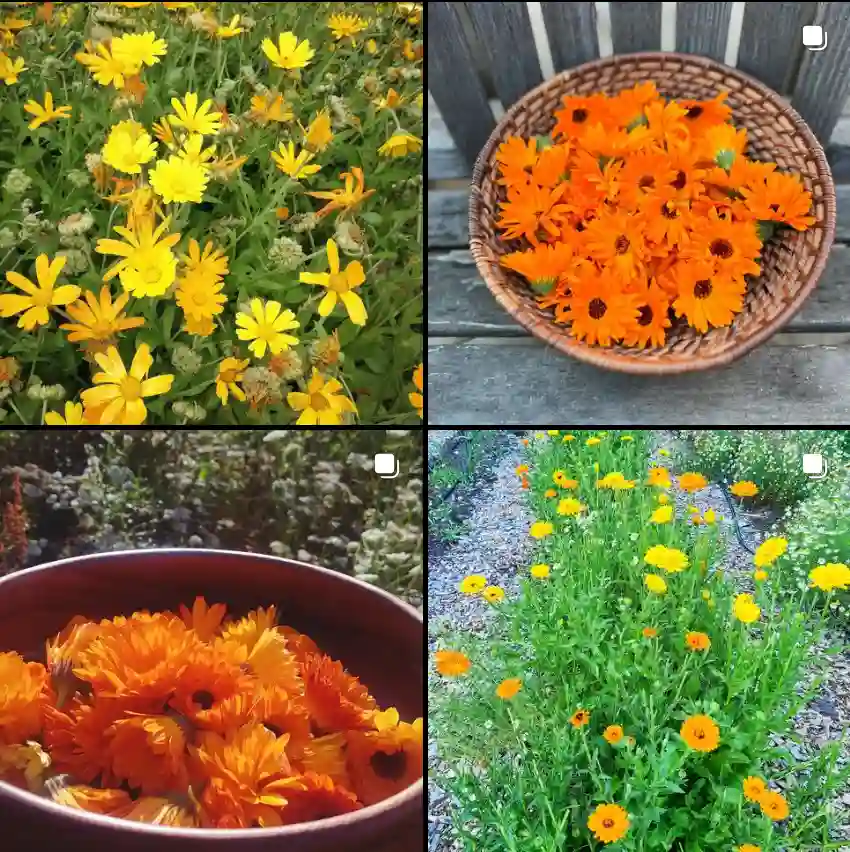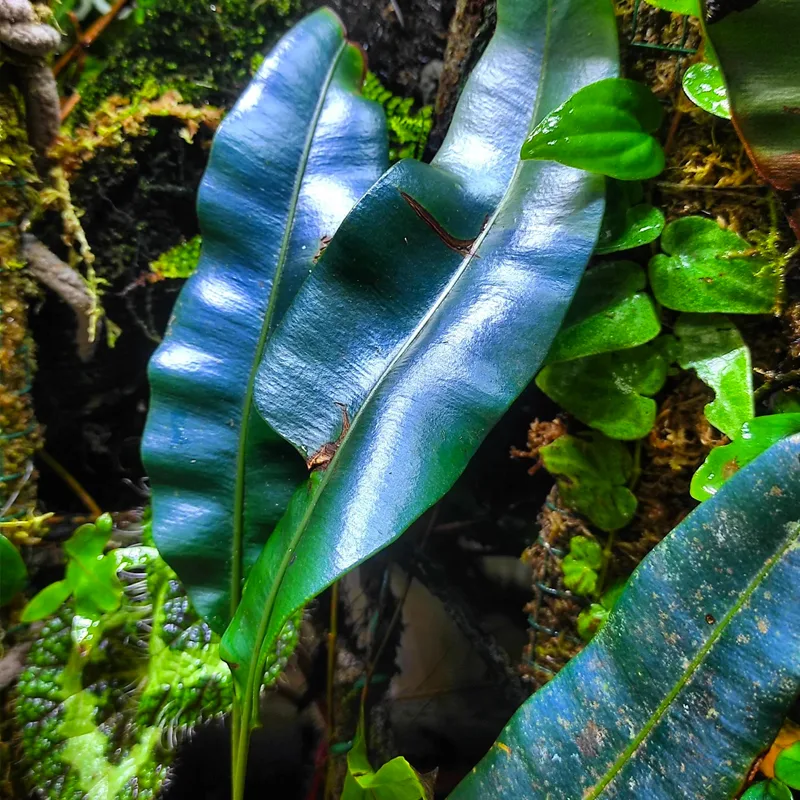
FAQs About Mexican Heather
Mexican Heather, or Cuphea Hyssopifolia, has become a popular choice for gardeners due to its vibrant flowers and easy maintenance. Here, I’ll address some frequently asked questions and share my personal experiences with this charming plant.
253 Species in Genus Cuphea
Is Mexican Heather a Perennial?
Yes, Mexican Heather is typically a perennial in warmer climates. In zones 8 through 11, it can thrive year-round. However, in cooler areas, it might act more like an annual due to frost sensitivity. In my experience, it does well in my climate, adding a splash of color that persists through the growing season.
Is Mexican Heather Deer Resistant?
Mexican Heather is known to be deer resistant. Deer generally avoid this plant, which is a big plus if you’re dealing with these hungry creatures in your garden. I’ve found that its strong fragrance and dense foliage seem to deter them effectively.
Do Deer Eat Mexican Heather?
Typically, deer do not eat Mexican Heather. Its resistance to deer makes it a great choice for gardens in areas where deer are a frequent nuisance. From what I’ve observed, the plant’s texture and scent are unappealing to deer, so it’s less likely to become a meal.
Is Mexican Heather Toxic to Dogs?
Mexican Heather is not toxic to dogs. If your furry friend decides to take a nibble, there’s no need to panic. I’ve had dogs around my Mexican Heather without any issues, but it’s always good to keep an eye on what your pets are munching on.
Does Mexican Heather Spread?
Mexican Heather can spread but usually not aggressively. It grows to form a dense, bushy mound but doesn’t typically invade other areas. In my garden, it stays contained and adds a neat, full look without overtaking other plants.
How Big Do Mexican Heather Plants Get?
Mexican Heather plants generally reach a height of 1 to 2 feet and spread about 2 feet wide. They make for a lovely ground cover or border plant. I’ve used them to fill in spaces in my garden, and they always seem to fit perfectly.
How to Care for Mexican Heather?
Caring for Mexican Heather is relatively straightforward. Here’s what I’ve found works best:
- Sunlight: It prefers full sun but can tolerate partial shade.
- Watering: Keep the soil consistently moist but not soggy. It’s been crucial for maintaining the plant’s health.
- Soil: Well-drained soil is essential. I mix in compost to ensure good drainage and nutrient levels.
- Fertilizing: A balanced, all-purpose fertilizer works well. I usually feed mine once a month during the growing season.
Is Mexican Heather Evergreen?
Mexican Heather is evergreen in warmer climates, meaning it retains its foliage throughout the year. In colder regions, it may die back in winter but will usually return in the spring. In my garden, it’s a reliable evergreen that maintains its lush appearance year-round.
Where to Plant Mexican Heather?
Mexican Heather is versatile in planting locations. It’s ideal for:
- Borders and Edges: It creates a neat border or edge with its dense growth.
- Containers: It’s perfect for pots and containers, adding vibrant color to patios or decks.
- Ground Cover: It works well as a ground cover in sunny areas.
Can Mexican Heather Grow Indoors?
While Mexican Heather is primarily an outdoor plant, it can be grown indoors if given enough light. A south-facing window or grow lights can help it thrive indoors. I’ve had success growing a small pot of it inside during the winter months.
Can You Plant Mexican Heather in Pots?
Absolutely, Mexican Heather thrives in pots. It’s a great choice for container gardening. Make sure the pot has good drainage, and keep it in a sunny spot for the best results. I’ve had several pots of Mexican Heather, and they’ve added a delightful touch to my patio.
Does Mexican Heather Attract Bees?
Yes, Mexican Heather attracts bees. The plant’s small, tubular flowers are a favorite for bees and other pollinators. I’ve noticed a steady buzz around my plants during bloom time, which is great for supporting local wildlife.
What to Plant With Mexican Heather?
Mexican Heather pairs well with other low-growing, colorful plants like lantana or marigolds. It complements both annuals and perennials, providing a lovely contrast in garden beds or containers.
How to Propagate Mexican Heather?
Propagation is typically done via cuttings. I’ve found that taking softwood cuttings in the spring and rooting them in moist soil or water works well. It’s a straightforward method for expanding your collection.
Benefits of Mexican Heather
Mexican Heather offers many benefits, including low maintenance, drought tolerance, and a long blooming period. It adds a vibrant touch to any garden with minimal effort.
Common Problems
The most common issues with Mexican Heather are root rot from overwatering and pest problems like aphids. Regular maintenance and proper watering can help prevent these problems.
In summary, Mexican Heather is a versatile and attractive plant that can enhance your garden or indoor space. Whether you’re looking for a low-maintenance perennial or a colorful addition to your containers, Mexican Heather is a fantastic choice.
If i die, water my plants!



